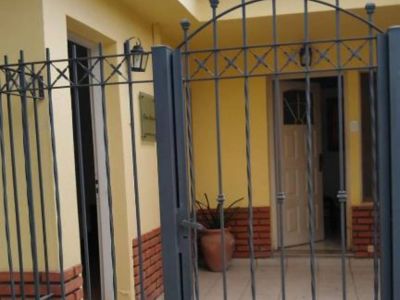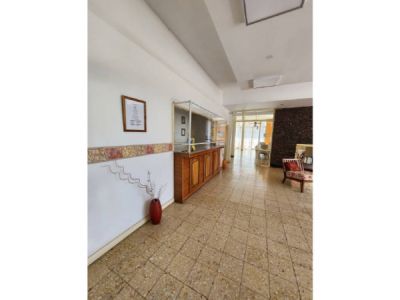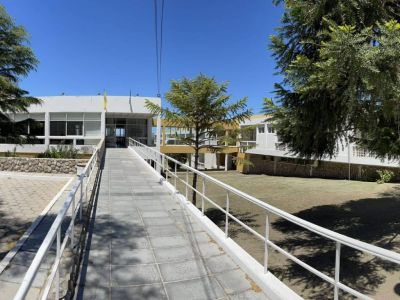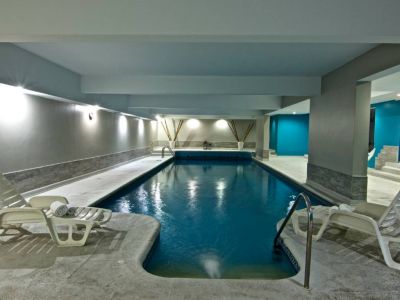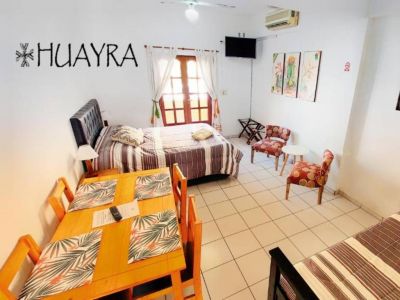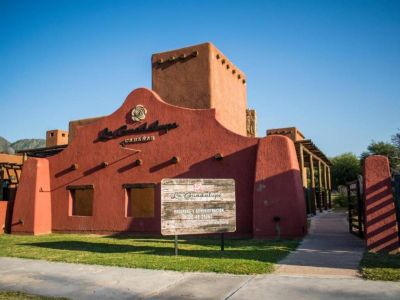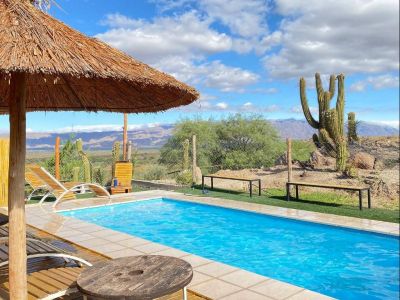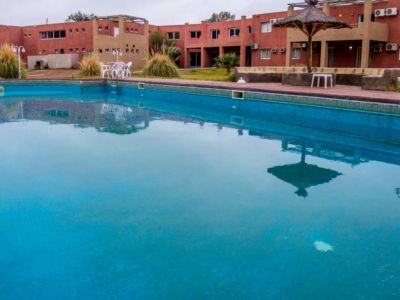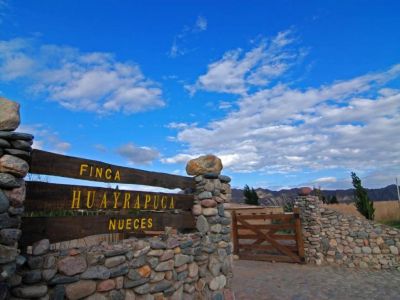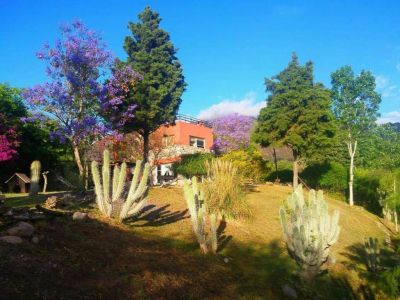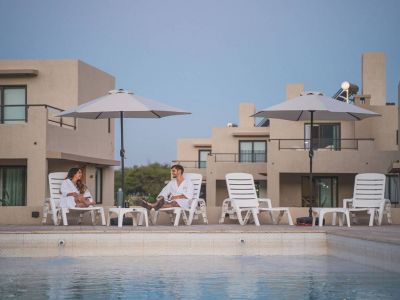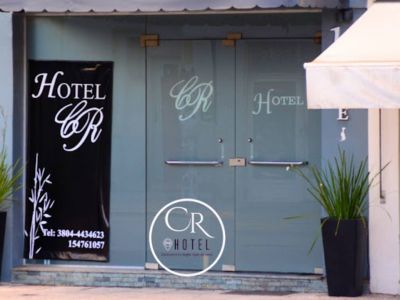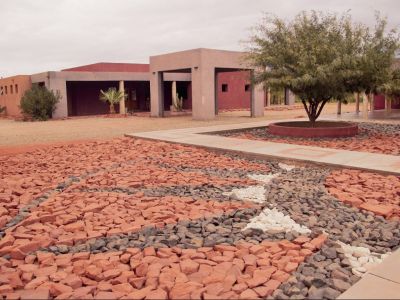At the Quebrada de los Cóndores Natural Reserve, we approached the challenging flight of these majestic birds, letting ourselves be surprised by the harmony of the landscape and the politeness of the locals.
The first sunbeams of dawn came out in the horizon. At great speed, we departed from the capital city of La Rioja. We left National Route 38 behind and took Provincial Route 26 to the Tama district. Only some traces remained from the morning star and at dawn itself the La Rioja plains burst into our sight. These same plains witnessed the birth of Facundo Quiroga: that is why this leader turned into myth was known with the nickname of "the tiger of the plains".
We took a rubble road that led us to Pacatala. The eagerness to get to the Sierra de los Quinteros mountain range, where the Quebrada de los Cóndores Natural Reserve lies and where our trip began, was contained by Álvaro, our guide . With his friendliness and knowledge about botanics, with significant accuracy, he described the specimens we came across.
We passed by the “lagunita” (small lagoon), a small water mirror surrounded by black, pink and grey granite rocks, used as a drinking trough by many lambs, sheep and goats. The winding road goes up with a millimetric softness till it reaches a large plateau.
Thick specimens of carob trees, quebracho trees, chañares and molles, typical of the arid areas, rise among giant rocks and jarillas.
In the distance, some locals on horseback may be made out accompanied by their faithful dogs, which assist them in the labor of driving caprine cattle.
With the morning sun, we arrived in the Santa Cruz de la Sierra rural spot, base for the Natural Reserve. In addition to accommodation, horse-riding, and a spectacular mountain ledge sticking out towards the home of the condors, the amost silent and warm politeness of the countryside people -our hosts- who inhabit this quiet spot are offered.
The Condors' Vantage Point
While the horses were being saddled up, we took the opportunity of tasting a delicious filtered coffee accompanied by home-baked bread and home-made jams.
In spite of our arrival, the daily tasks are not set aside. All around the spot, the laborers were in charge of feeding the hens, collecting water from the springs, grazing the goats or picking up fruit in the surroundings. As we had time to spare, we were willing to help them. They smiled in silence; men of few words and extremely respectful taught us.
“Don Álvaro, the pingos are ready…” said one of the hard-working laborers, meaning they had finished saddling up the horses and our journey should continue.
We took a mountain path. The 6-kilometer-long horseback excursion was intense. We passed between huge stone formations and crossed water springs that multiplied everywhere.
It was important to lead the horses with loose reins so that they could see the way. At one point of the path, the land ceased to be plain and we had to get off the horses to go on.
We soon were on the ridge of a large plateau. From a natural balcony, we waited for the arrival of the condors.
One of the laborers who had escorted us in the journey put a rock on a red jacket and, almost immediately, the figures of the challenging condors started to appear from behind the mountains.
We were soon surrounded by a dozen of them, which would turn all around us.
We became aware of their size when one of them, flying low, approached the site where we were standing in slow motion: three meters and a half with its wings spread open.
Álvaro told us some of the most significant habits of these majestic birds which impose their presence from the heights. "It is an animal that once it finds its partner, they remain together forever and, according to tradition, when one of them dies, the other one soars in flight and tries to reach a high altitude so that it may descend straight down at an extraordinary speed, finally getting dashed against the ground or the rocky face of a mountain. It develops a 150 km/h speed and it feeds purely on carrion”.
Flustered to learn about their suicidal habits, standing by the abyss, we beheld the audacious gliding of the condors, which seemed to be suspended in the air. After studying us, they resumed their flight away from us in a flock.
We were astonished by the show we had witnessed. In our hearts, we knew that the probabilities to be near them again were very low, but we were comforted to at least close our eyes and appeal to our memory to retain that image suspended in the cloudless sky, synonym of freedom.
Totally amazed we went back to the Santa Cruz de la Sierra spot and to our surprise we were entertained at four o'clock in the afternoon with a delicious goat baked in the clay oven. The tasty aroma did not let us hesitate and while we were telling the Vegas our anecdotes, very respectfully we got ready to eat the smoky banquet.
Following an after-lunch talk, we said our good-byes to everyone. Fraternal kisses and hugs invaded the moment.
We retraced our steps to go back to La Rioja. We felt that an intense look accompanied us in the journey. We looked up and in the distance saw a black spot suspended in the air. It was the figure of the condor, which from the heights escorted us, making sure we went back to the city once more.
Marcelo Sola
Marcelo Sola
Phone: +54 380-4422005







